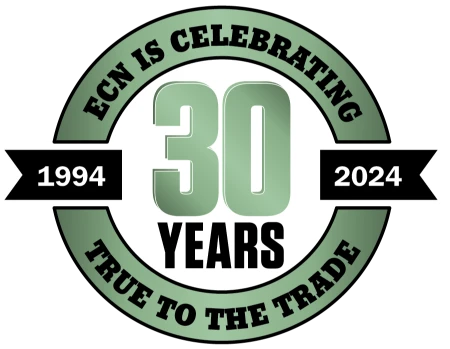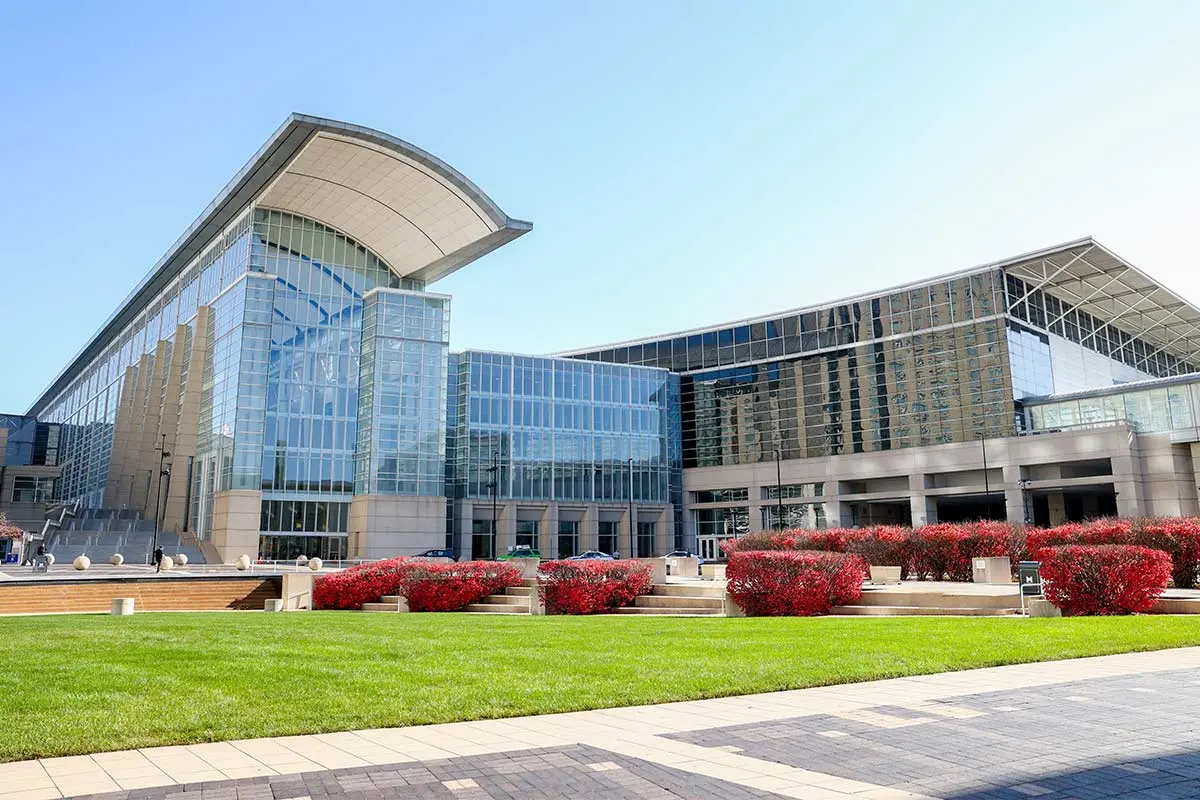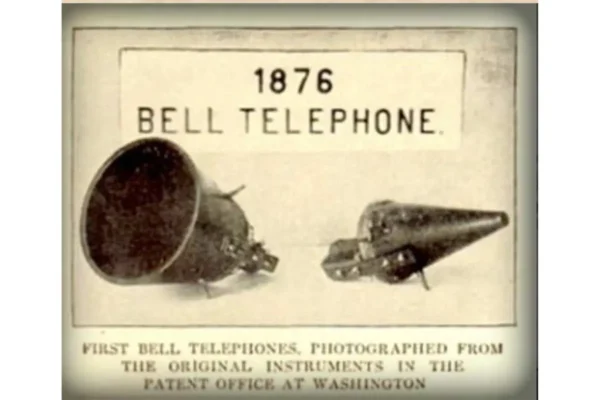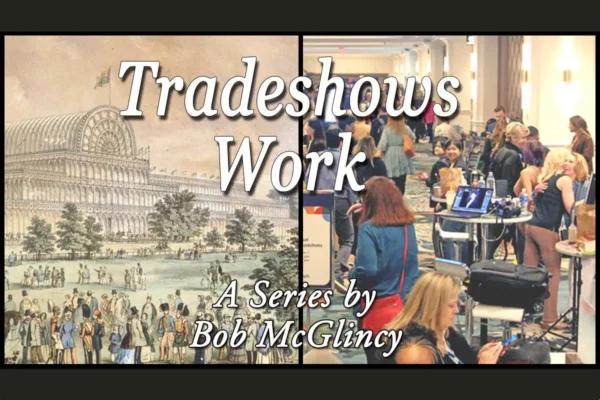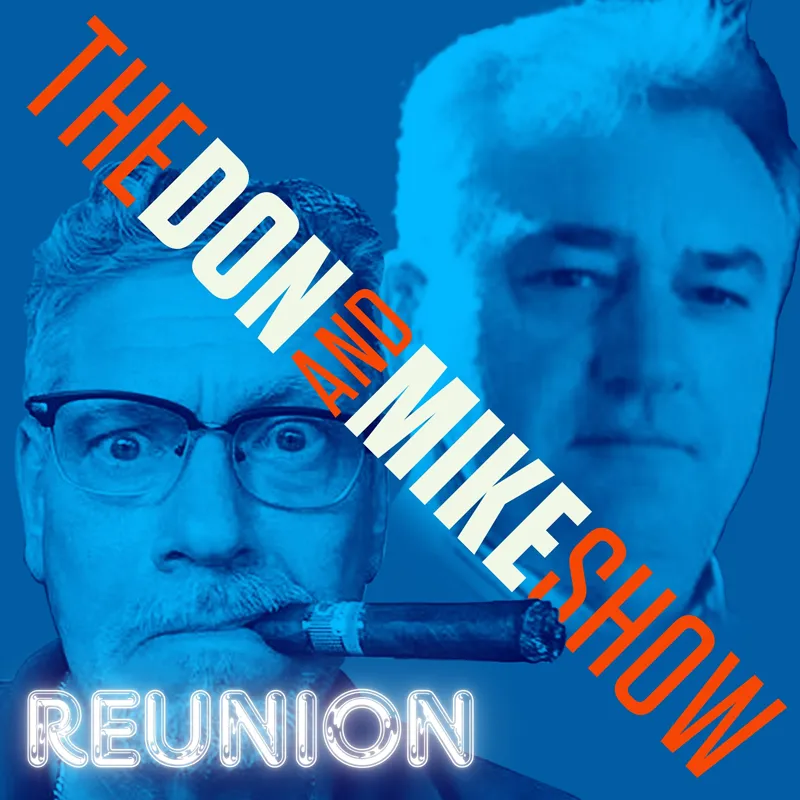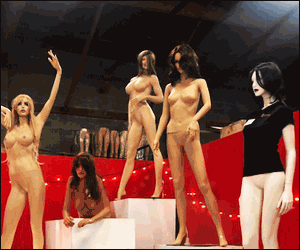(image of McCormick Place)
Most people in the meetings and events industry recognize the name, “McCormick Place.” With nine million total square feet, including over 2.6 million square feet of exhibition space, it’s the largest convention center in the Americas. Chances are, many reading this article have visited shows there. But how many know the origin of the name?
Construction for the center commenced in 1958, and the then $35 million building opened in late 1960. It was named after Colonel Robert R. McCormick, the owner and publisher of the Chicago Tribune and a decades-long advocate for a lakeside convention center. He first proposed the idea in 1927 – six years before the 1933 World’s Fair occupied some of the same ground as the future McCormick Place. During World War I, McCormick was an artillery colonel and served as an intelligence officer under General Pershing. He was the brother-in-law of Ruth Hanna McCormick, the co-founder of the 1925 “Woman’s World’s Fair.” Most of the McCormick family fortune came from Robert’s great uncle on his father’s side, Cyrus McCormick — and that fortune was founded on entrepreneurship and exhibitions.
Cyrus McCormick revolutionized farming when he patented the first successful mechanical raper. For thousands of years, sickles had been used to harvest grain. A later development, scythes were an improvement, but both were back-breaking tools. The mechanical reaper allowed farmers in the fall to harvest crops quicker and with less labor — thereby allowing more crops to be planted in the spring. More crops meant more profit, and could feed more people, (which resulted in fewer famines).
Cyrus founded the “McCormick Harvesting Machine Company” in Chicago in 1847. He exhibited first in New York and then in London. At that second show, in 1851, the London Times dismissively mocked his invention. Fortunately, an off-site demonstration on farmland outside of London was scheduled that July. The demonstration turned into a competition. Man versus machine. Machine versus machine. Inventor versus inventor. Mcormick won the competition, and later a gold medal at the close of the Great Exhibition.
The company continued to exhibit at Fairs and Expositions, showcasing its product in New York in 1853, Paris in 1855 and 1867, Chicago in 1873, Philadelphia in 1876, Chicago in 1893, and Paris again in 1900. Annual sales increased from fewer than 500 units in 1849 to 4,000 by 1856 (after the London and New York events) and over 18,000 units after the Centennial Exposition in 1876. As sales increased, the need for plant expansion arose. In 1848, his first factory was 300 square feet, and he employed thirty-three men the following year. By the end of the century, “McCormick Works” was a ninety-acre facility housing forty-five buildings and employing thousands of workers.
The company became International Harvester in 1902 and exhibited under that name at the St Louis World’s Fair in 1904, the San Francisco Fair in 1915, as well as in later expositions. During the 1980’s several divisions of the company were sold, and others became part of Navistar International.
Tradeshows work.




